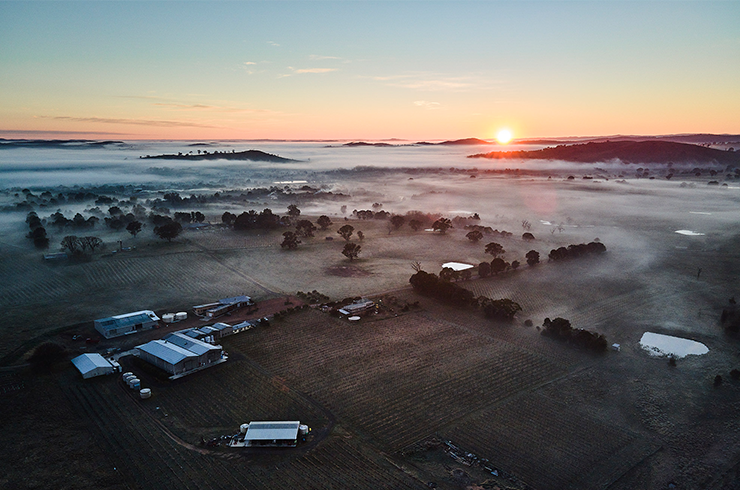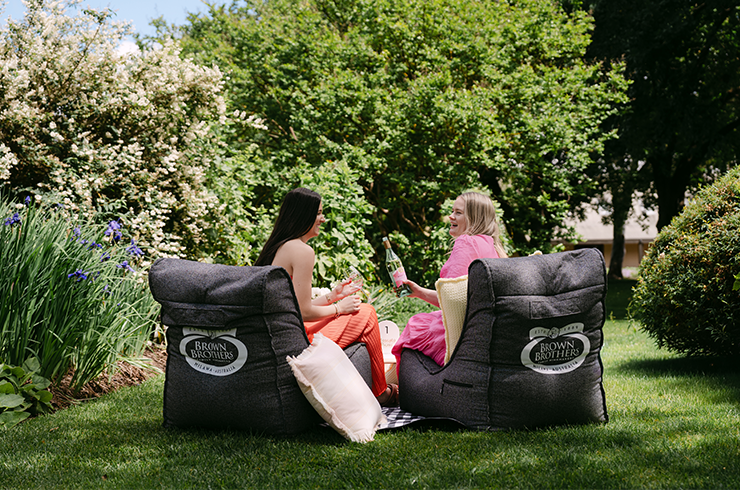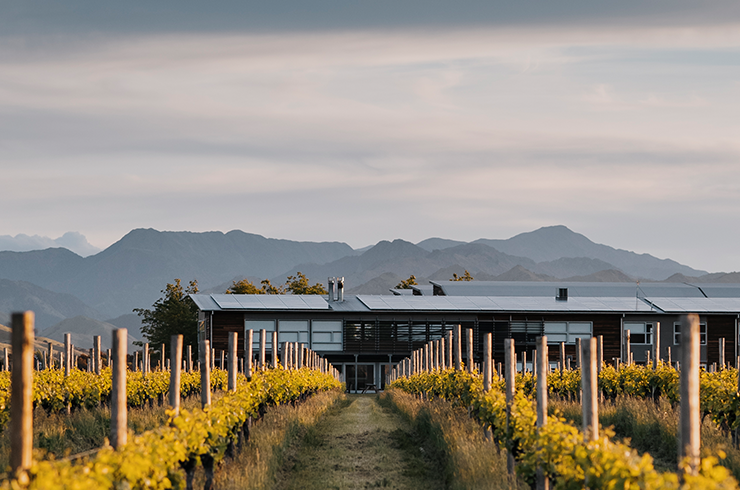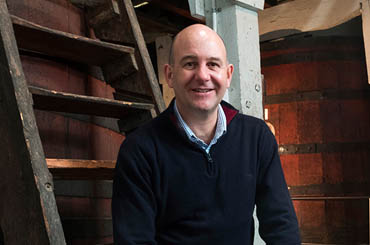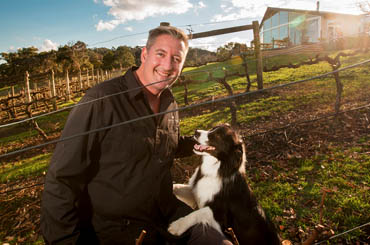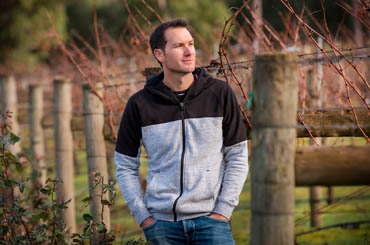For Domaine, the jewel is the 1.8ha Romanée-Conti vineyard; for Henschke, it is the 4ha Hill of Grace. Each is owned exclusively, thus sending the brand goodwill into the stratosphere. Each winery also has other quality wines in their stables; DRC has seven, Henschke has 30.
The small size of a varietal vineyard magnifies the impact of growing season weather. In difficult vintages there is nowhere to turn other than to not release the wine or to significantly reduce the already limited quantity. Thus Hill of Grace was not made in 1960, 1974, 2000 and 2011.
At the other extreme are the great vintages, such as 2012 for Hill of Grace. Its release is as eagerly anticipated as any wine I can remember.
This is a magnificent, flawless wine. Balance, length, line and purity all receive emphatic ticks. But there’s more still – it has a profound sense of place. Wherever else in Australia or the world can you find a medium-bodied shiraz that so calmly reflects the patchwork of vines largely between 50 and 150 years old?
Prue Henschke has developed a system for planting native grasses as a sward in the vineyard rows and has established native plants around the vineyard to enhance the ecosystem services of beneficial insects. The better-known organic composting and straw mulch helps maintain soil health. Biodynamic practices are interleaved with these strategies.
The bunches are hand-sorted in the vineyard, and again in the winery, by the full-time vineyard staff who are employed for picking, pruning and maintenance all year round, and who know the vines by their first names. Seventy per cent is crushed and destemmed, with 30 per cent destemmed for whole-berry ferment. It is matured in predominantly French hogsheads (65 per cent new) for 18 months, and held for a further two to three years ageing in bottle prior to release.
The wine is sold under Vino-Lok through the cellar door, website and all export markets; under screwcap for retailers and restaurants domestically.
-
wine of the year tasting note
-
Henschke
Hill of Grace 2012
Eden Valley


